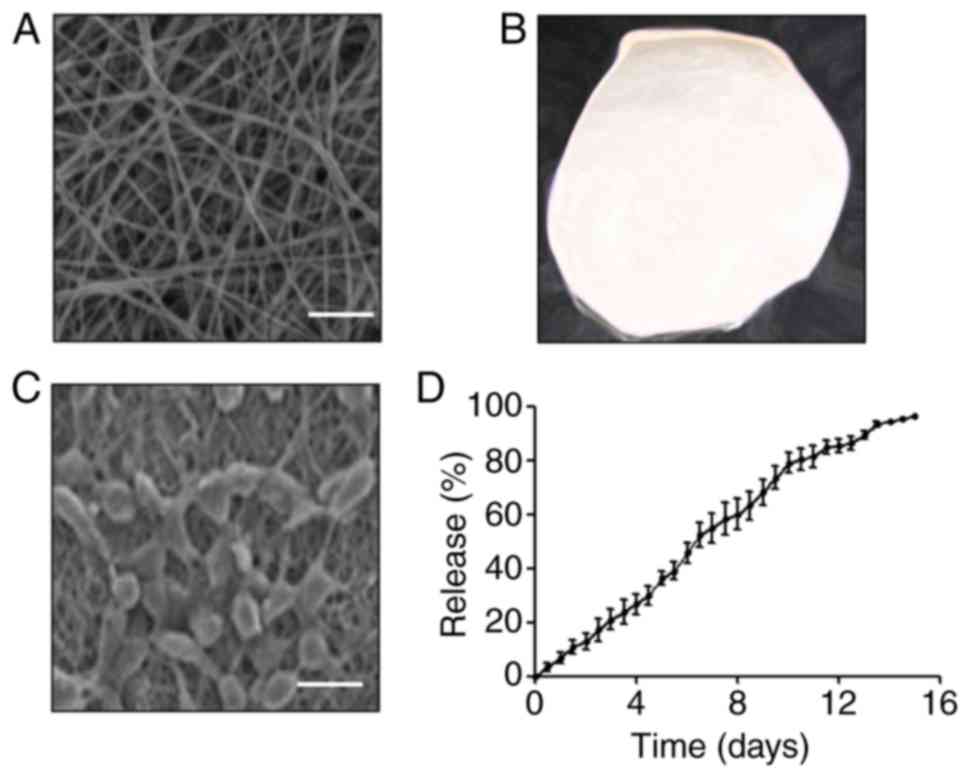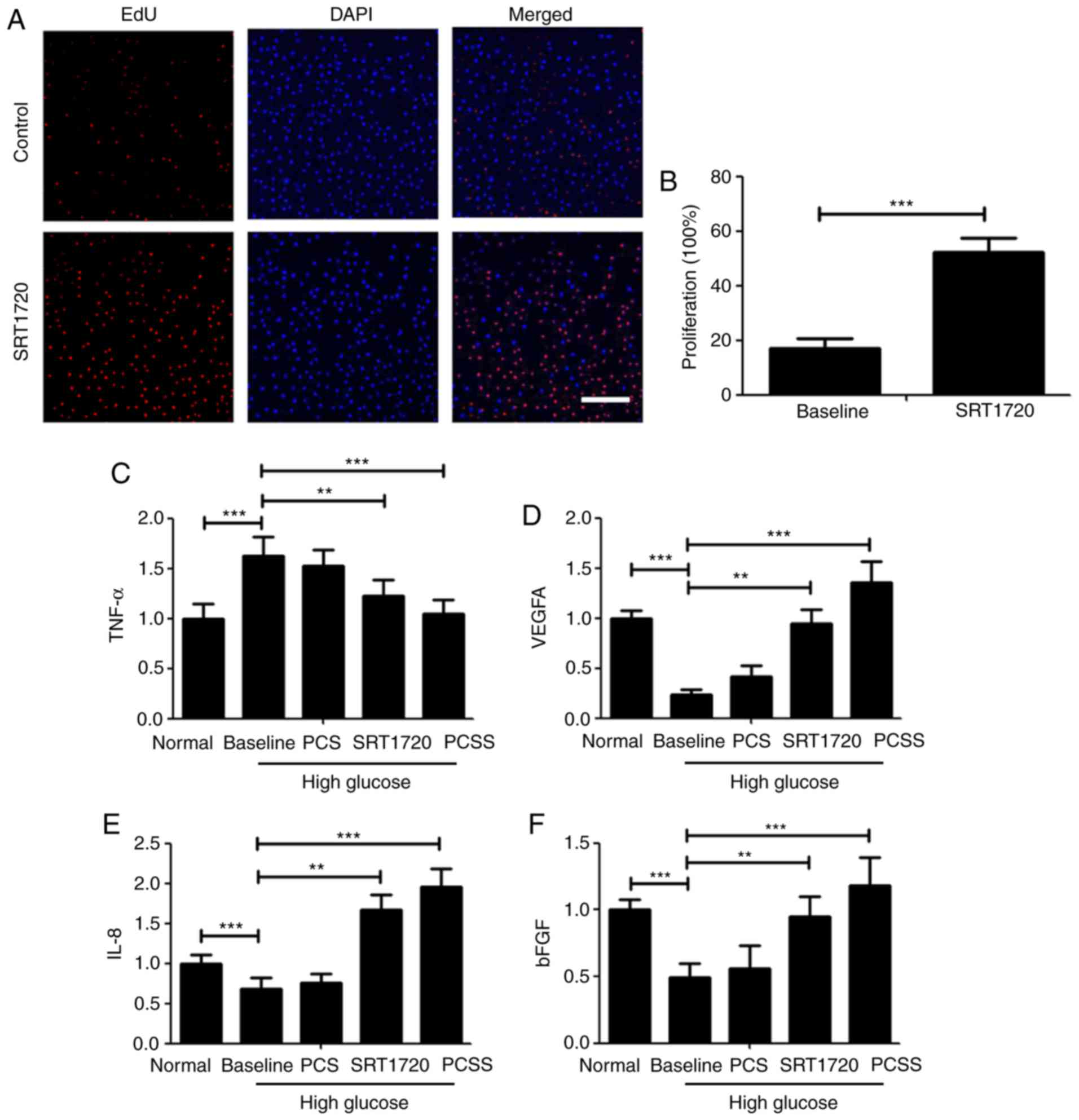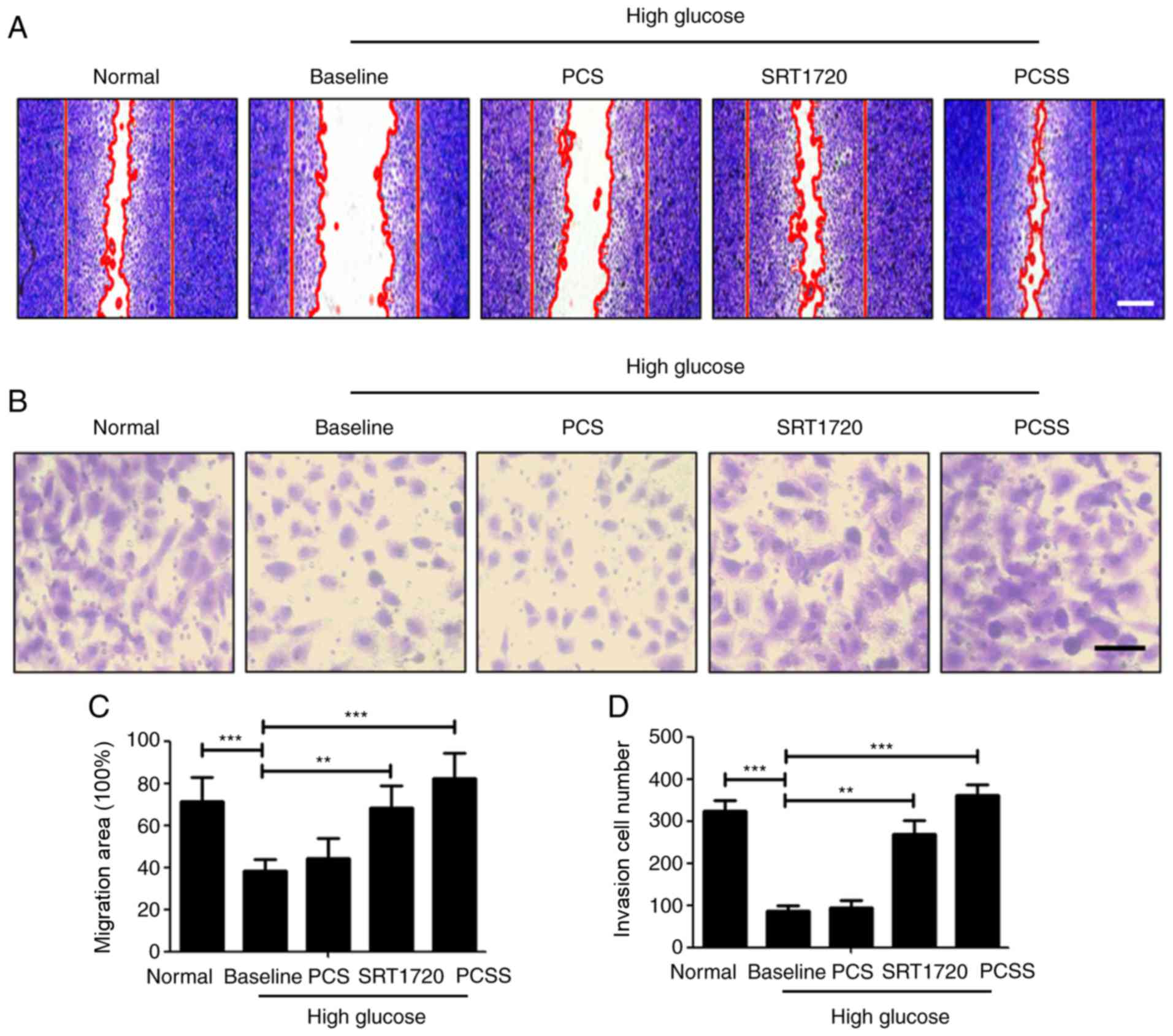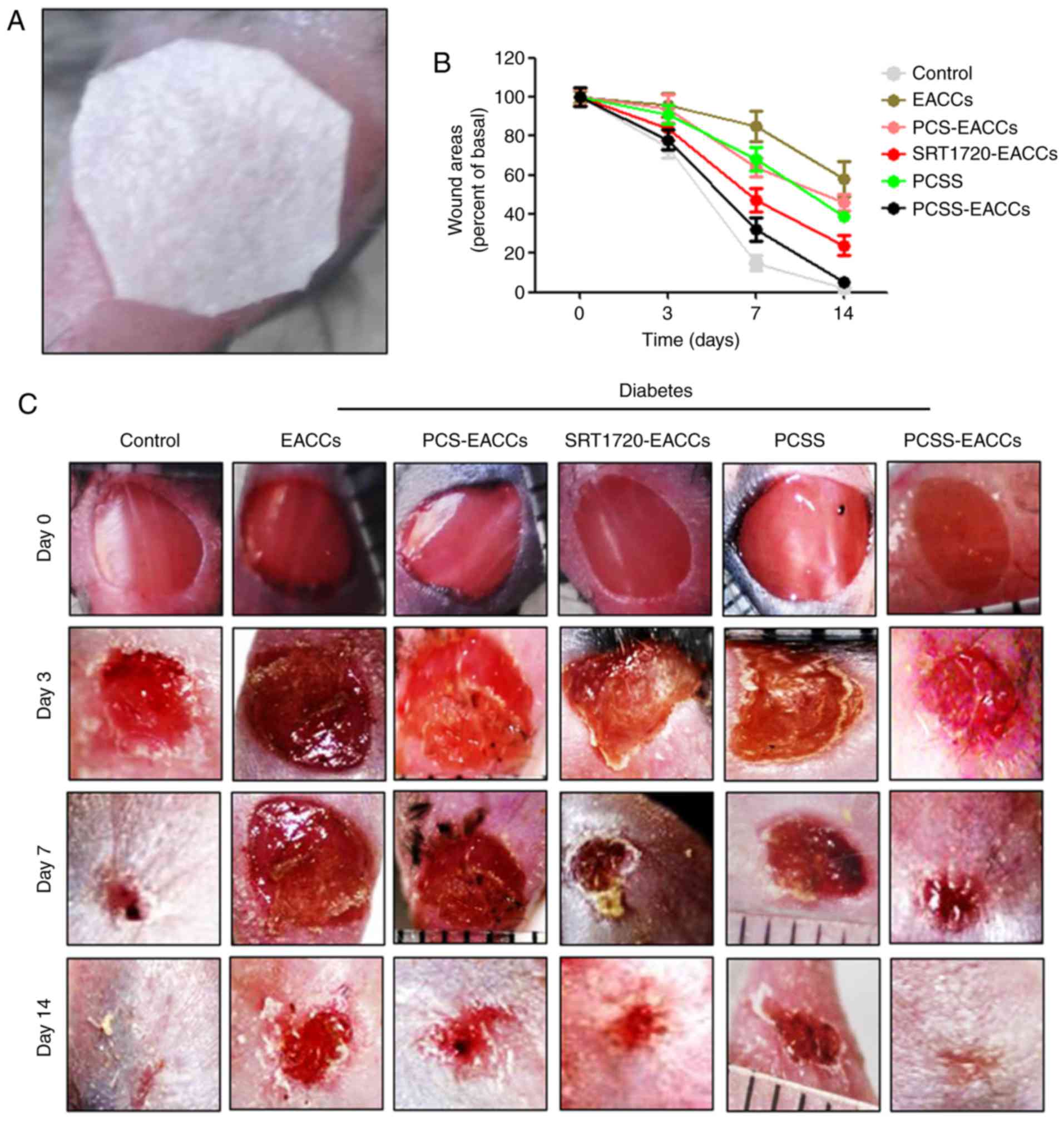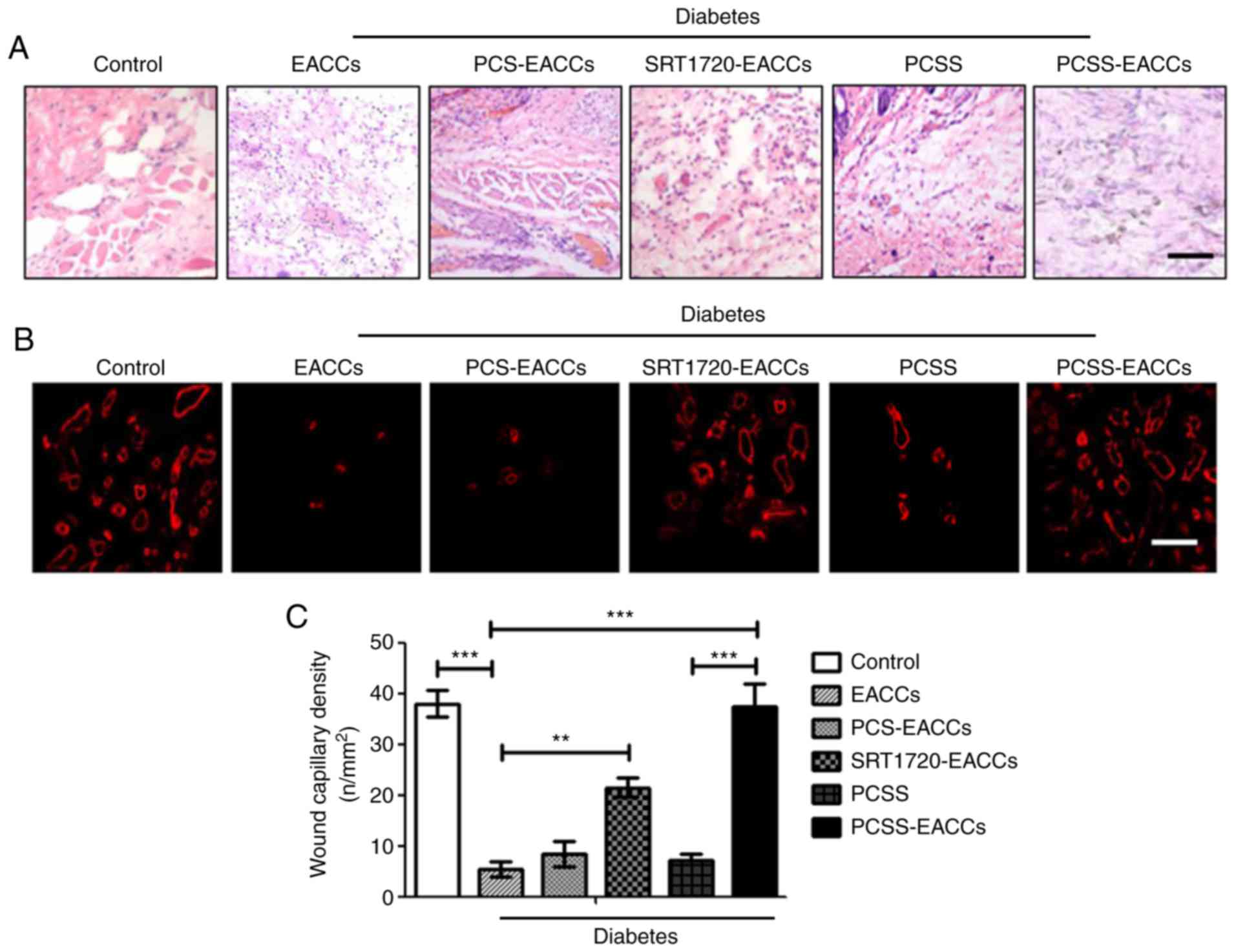|
1
|
Murad MH, Haydour Q and Benkhadra K: ACP
journal club. Review: In patients with chronic diabetic foot
ulcers, hyperbaric oxygen reduces major amputations. Ann Intern
Med. 159:JC92013. View Article : Google Scholar : PubMed/NCBI
|
|
2
|
Kolossváry E, Bánsághi Z, Szabó GV, Járai
Z and Farkas K: Ischemic origin of diabetic foot disease.
Epidemiology, difficulties of diagnosis, options for prevention and
revascularization. Orv Hetil. 158:203–211. 2017.(In Hungarian).
View Article : Google Scholar : PubMed/NCBI
|
|
3
|
Yang S, Geng Z, Ma K, Sun X and Fu X:
Efficacy of topical recombinant human epidermal growth factor for
treatment of diabetic foot ulcer: A systematic review and
meta-analysis. Int J Low Extrem Wounds. 15:120–125. 2016.
View Article : Google Scholar : PubMed/NCBI
|
|
4
|
Zhao WN, Xu SQ, Liang JF, Peng L, Liu HL,
Wang Z, Fang Q, Wang M, Yin WQ, Zhang WJ and Lou JN: Endothelial
progenitor cells from human fetal aorta cure diabetic foot in a rat
model. Metabolism. 65:1755–1767. 2016. View Article : Google Scholar : PubMed/NCBI
|
|
5
|
Barcelos LS, Duplaa C, Kränkel N, Graiani
G, Invernici G, Katare R, Siragusa M, Meloni M, Campesi I, Monica
M, et al: Human CD133+ progenitor cells promote the healing of
diabetic ischemic ulcers by paracrine stimulation of angiogenesis
and activation of Wnt signaling. Circ Res. 104:1095–1102. 2009.
View Article : Google Scholar : PubMed/NCBI
|
|
6
|
Lawall H and Diehm C: Diabetic foot
syndrome from the perspective of angiology and diabetology.
Orthopade. 38:1149–1159. 2009.(In German). View Article : Google Scholar : PubMed/NCBI
|
|
7
|
Ascione R and Madeddu P: Risk and benefit
of CD133+ progenitors. Circ Res. 105:e22009. View Article : Google Scholar : PubMed/NCBI
|
|
8
|
Kitada M, Kume S, Kanasaki K,
Takeda-Watanabe A and Koya D: Sirtuins as possible drug targets in
type 2 diabetes. Curr Drug Targets. 14:622–636. 2013. View Article : Google Scholar : PubMed/NCBI
|
|
9
|
Kume S, Kitada M, Kanasaki K, Maegawa H
and Koya D: Anti-aging molecule, Sirt1: A novel therapeutic target
for diabetic nephropathy. Arch Pharm Res. 36:230–236. 2013.
View Article : Google Scholar : PubMed/NCBI
|
|
10
|
Nimmagadda VK, Makar TK, Chandrasekaran K,
Sagi AR, Ray J, Russell JW and Bever CT Jr: SIRT1 and NAD+
precursors: Therapeutic targets in multiple sclerosis a review. J
Neuroimmunol. 304:29–34. 2017. View Article : Google Scholar : PubMed/NCBI
|
|
11
|
Kumar A and Chauhan S: How much successful
are the medicinal chemists in modulation of SIRT1: A critical
review. Eur J Med Chem. 119:45–69. 2016. View Article : Google Scholar : PubMed/NCBI
|
|
12
|
Milner J: Cellular regulation of SIRT1.
Curr Pharm Des. 15:39–44. 2009. View Article : Google Scholar : PubMed/NCBI
|
|
13
|
Chang HC and Guarente L: SIRT1 and other
sirtuins in metabolism. Trends Endocrinol Metab. 25:138–145. 2014.
View Article : Google Scholar : PubMed/NCBI
|
|
14
|
Cao Y, Jiang X, Ma H, Wang Y, Xue P and
Liu Y: SIRT1 and insulin resistance. J Diabetes Complications.
30:178–183. 2016. View Article : Google Scholar : PubMed/NCBI
|
|
15
|
Chen Y, Zhang F, Tsai Y, Yang X, Yang L,
Duan S, Wang X, Keng P and Lee SO: IL-6 signaling promotes DNA
repair and prevents apoptosis in CD133+ stem-like cells of lung
cancer after radiation. Radiat Oncol. 10:2272015. View Article : Google Scholar : PubMed/NCBI
|
|
16
|
Abitan H, Bohr H and Buchhave P:
Correction to the beer-lambert-bouguer law for optical absorption.
Appl Opt. 47:5354–5357. 2008. View Article : Google Scholar : PubMed/NCBI
|
|
17
|
Seliktar D: Designing cell-compatible
hydrogels for biomedical applications. Science. 336:1124–1128.
2012. View Article : Google Scholar : PubMed/NCBI
|
|
18
|
Wallach D: The TNF cytokine family: One
track in a road paved by many. Cytokine. 63:225–229. 2013.
View Article : Google Scholar : PubMed/NCBI
|
|
19
|
McFee RM and Cupp AS: Vascular
contributions to early ovarian development: Potential roles of
VEGFA isoforms. Reprod Fertil Dev. 25:333–342. 2013. View Article : Google Scholar : PubMed/NCBI
|
|
20
|
Lan CC, Wu CS, Huang SM, Wu IH and Chen
GS: High-glucose environment enhanced oxidative stress and
increased interleukin-8 secretion from keratinocytes: New insights
into impaired diabetic wound healing. Diabetes. 62:2530–2538. 2013.
View Article : Google Scholar : PubMed/NCBI
|
|
21
|
Nakamizo S, Egawa G, Doi H, Natsuaki Y,
Miyachi Y and Kabashima K: Topical treatment with basic fibroblast
growth factor promotes wound healing and barrier recovery induced
by skin abrasion. Skin Pharmacol Physiol. 26:22–29. 2013.
View Article : Google Scholar : PubMed/NCBI
|
|
22
|
Bus SA: The role of pressure offloading on
diabetic foot ulcer healing and prevention of recurrence. Plast
Reconstr Surg. 138 Suppl 3:179S–187S. 2016. View Article : Google Scholar : PubMed/NCBI
|
|
23
|
Boulton AJ, Vileikyte L,
Ragnarson-Tennvall G and Apelqvist J: The global burden of diabetic
foot disease. Lancet. 366:1719–1724. 2005. View Article : Google Scholar : PubMed/NCBI
|
|
24
|
Futrega K, King M, Lott WB and Doran MR:
Treating the whole not the hole: Necessary coupling of technologies
for diabetic foot ulcer treatment. Trends Mol Med. 20:137–142.
2014. View Article : Google Scholar : PubMed/NCBI
|
|
25
|
Fiordaliso F, Clerici G, Maggioni S,
Caminiti M, Bisighini C, Novelli D, Minnella D, Corbelli A, Morisi
R, De Iaco A and Faglia E: Prospective study on microangiopathy in
type 2 diabetic foot ulcer. Diabetologia. 59:1542–1548. 2016.
View Article : Google Scholar : PubMed/NCBI
|
|
26
|
Ndip A, Ebah L and Mbako A: Neuropathic
diabetic foot ulcers-evidence-to-practice. Int J Gen Med.
5:129–134. 2012.PubMed/NCBI
|
|
27
|
Şener LT and Albeniz I: Challenge of
mesenchymal stem cells against diabetic foot ulcer. Curr Stem Cell
Res Ther. 10:530–534. 2015. View Article : Google Scholar : PubMed/NCBI
|
|
28
|
Bheda P, Jing H, Wolberger C and Lin H:
The substrate specificity of sirtuins. Annu Rev Biochem.
85:405–429. 2016. View Article : Google Scholar : PubMed/NCBI
|
|
29
|
Kwon HS and Ott M: The ups and downs of
SIRT1. Trends Biochem Sci. 33:517–525. 2008. View Article : Google Scholar : PubMed/NCBI
|
|
30
|
Imai S and Guarente L: NAD+ and sirtuins
in aging and disease. Trends Cell Biol. 24:464–471. 2014.
View Article : Google Scholar : PubMed/NCBI
|
|
31
|
Huber JL, McBurney MW, Distefano PS and
McDonagh T: SIRT1-independent mechanisms of the putative sirtuin
enzyme activators SRT1720 and SRT2183. Future Med Chem.
2:1751–1759. 2010. View Article : Google Scholar : PubMed/NCBI
|
|
32
|
Villalba JM, de Cabo R and Alcain FJ: A
patent review of sirtuin activators: An update. Expert Opin Ther
Pat. 22:355–367. 2012. View Article : Google Scholar : PubMed/NCBI
|















